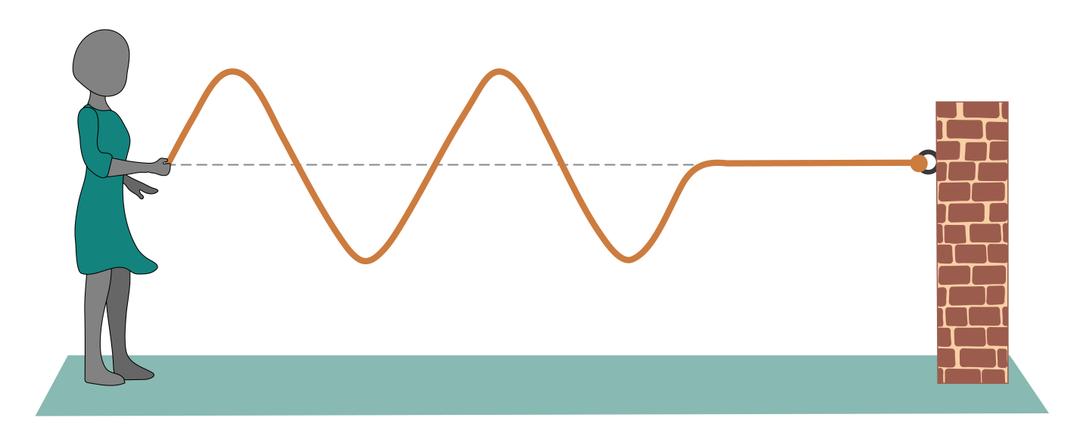Using the wave speed equations
I can calculate the speed, frequency or wavelength of a wave using the wave equation.
Using the wave speed equations
I can calculate the speed, frequency or wavelength of a wave using the wave equation.
These resources will be removed by end of Summer Term 2025.
Lesson details
Key learning points
- The speed of wave can be caluated using wave speed = frequency × wavelength.
- The speed of a wave can be caluated using wave speed = distance ÷ time.
- The choice of equation to use to caluate wave speed depends on the information provided in the question.
- Prefixes can be used with units to show very large or very small values.
- The frequency of a wave does not change as it crosses a boundary from one wave medium into another.
Keywords
Wave equation - wave speed = frequency × wavelength (v = f × λ)
Wave speed - The speed of a wave through a medium. Given by the wave equation: wave speed = frequency × wavelength (v = f × λ)
Frequency - The number of waves produced each second. Frequency is measured in Hertz (Hz)
Wavelength - The distance between one wave crest (or trough) and the next is the wavelength of the wave.
Prefix - A prefix is added to units to represent large or small values , for example 1 km = 1000 m and 1 mm = 0.001 m
Common misconception
In, v = f × λ, speed is dependent on frequency and wavelength, rather then the medium.
Focus on speed being property of a medium and equation not being as an equation with three interdependent variables.
To help you plan your year 10 physics lesson on: Using the wave speed equations, download all teaching resources for free and adapt to suit your pupils' needs...
To help you plan your year 10 physics lesson on: Using the wave speed equations, download all teaching resources for free and adapt to suit your pupils' needs.
The starter quiz will activate and check your pupils' prior knowledge, with versions available both with and without answers in PDF format.
We use learning cycles to break down learning into key concepts or ideas linked to the learning outcome. Each learning cycle features explanations with checks for understanding and practice tasks with feedback. All of this is found in our slide decks, ready for you to download and edit. The practice tasks are also available as printable worksheets and some lessons have additional materials with extra material you might need for teaching the lesson.
The assessment exit quiz will test your pupils' understanding of the key learning points.
Our video is a tool for planning, showing how other teachers might teach the lesson, offering helpful tips, modelled explanations and inspiration for your own delivery in the classroom. Plus, you can set it as homework or revision for pupils and keep their learning on track by sharing an online pupil version of this lesson.
Explore more key stage 4 physics lessons from the Measuring waves unit, dive into the full secondary physics curriculum, or learn more about lesson planning.

Licence
Starter quiz
6 Questions
Exit quiz
6 Questions




